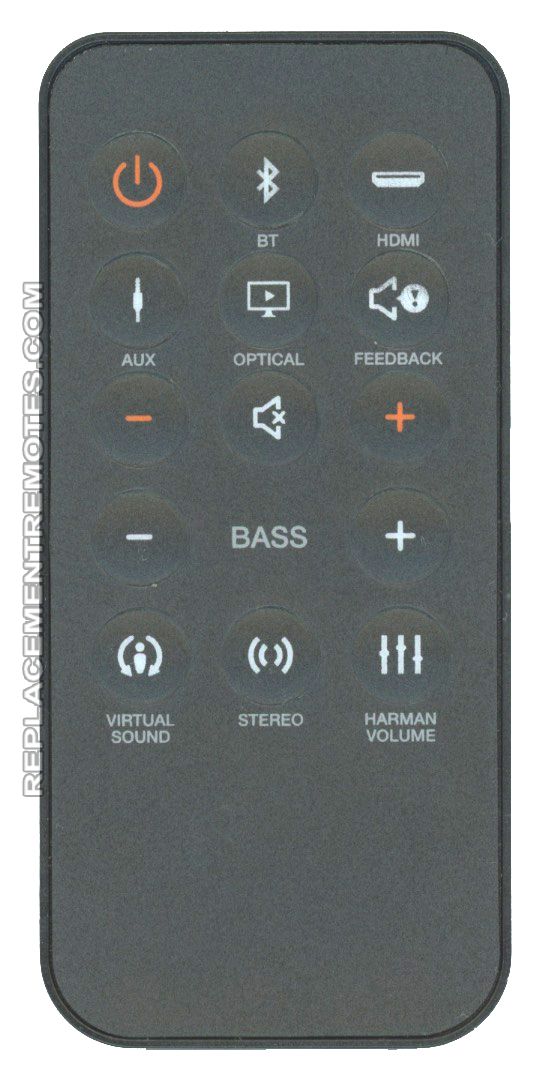



The zone of quiet around such a virtual microphone position, within which an attenuation of 10 dB is achieved, is limited to a diameter which is typically about 1/10 of an acoustic wavelength, however 8, 9. Local active control of sound is also possible using loudspeakers and microphones remote from the ears, particularly if virtual sensing algorithms are used 1, 2, 3, 4, 5, 6, 7. Examples are when the listener is driving, or when sound control is required over long periods of time, in which case headphones can become uncomfortable. The active control performance is thus comparable with that achieved with active headphones, but without the listener having anything attached to their head.Īlthough active sound control headphones, which can reduce noise levels for frequencies up to about 1 kHz, are now widely available, their use is not convenient in many applications. Feedforward control provides selective attenuation of noise and broadband attenuation of around 20 dB is measured up to excitation frequencies of 1 kHz under favourable conditions, with head tracking achieved in a few seconds. These signals are then actively controlled to give robust attenuation at the ear positions, even as the listener moves their head. We describe a local active sound control system using a fixed array of monitoring microphones, in which the pressures at the ear positions are estimated from these microphone signals using head position information from an optical head tracker. If active control is required above a few hundred hertz, this generally limits the movement of a listener to unrealistically small changes in head position. Local active sound control systems provide useful reductions in noise within a zone of quiet which only extends to about one tenth of an acoustic wavelength.


 0 kommentar(er)
0 kommentar(er)
